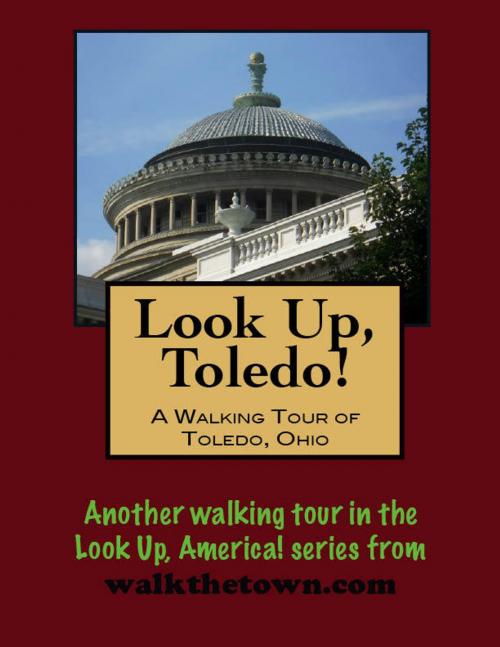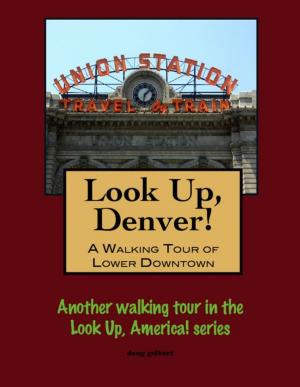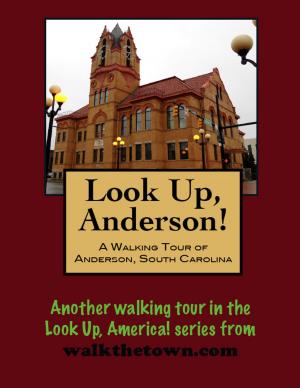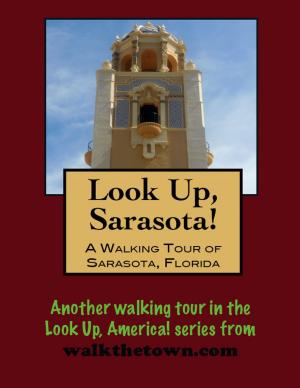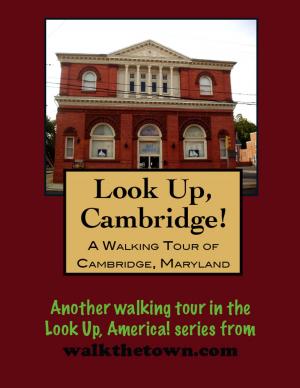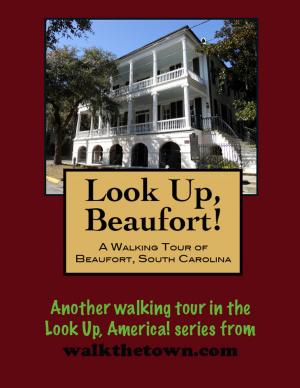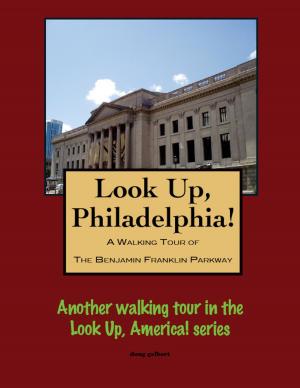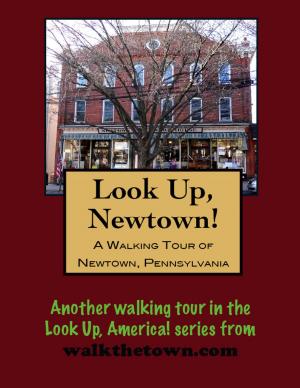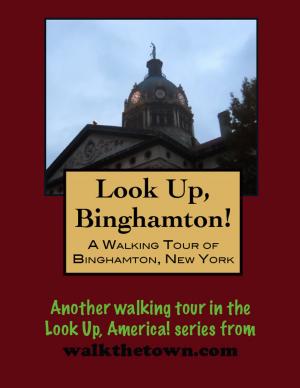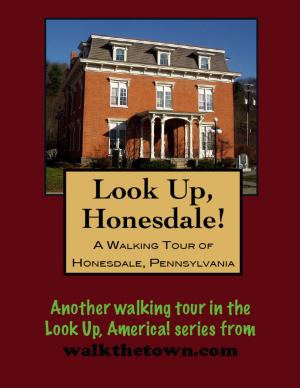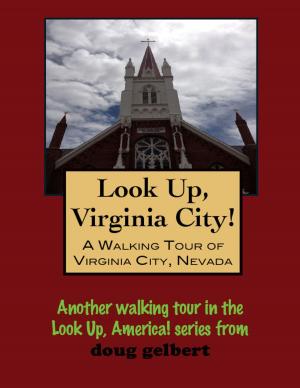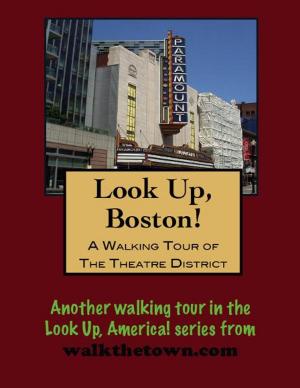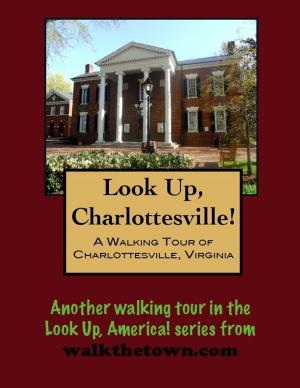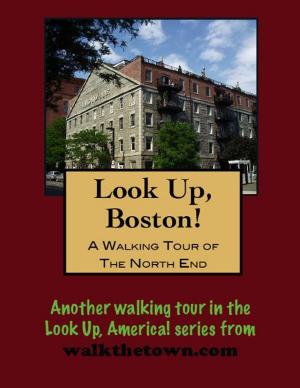Look Up, Toledo! A Walking Tour of Toledo, Ohio
Nonfiction, Travel, United States, History, Americas| Author: | Doug Gelbert | ISBN: | 9781465791221 |
| Publisher: | Doug Gelbert | Publication: | November 10, 2011 |
| Imprint: | Smashwords Edition | Language: | English |
| Author: | Doug Gelbert |
| ISBN: | 9781465791221 |
| Publisher: | Doug Gelbert |
| Publication: | November 10, 2011 |
| Imprint: | Smashwords Edition |
| Language: | English |
There is no better way to see America than on foot. And there is no better way to appreciate what you are looking at than with a walking tour. Whether you are preparing for a road trip or just out to look at your own town in a new way, a downloadable walking tour is ready to explore when you are.
Each walking tour describes historical and architectural landmarks and provides pictures to help out when those pesky street addresses are missing. Every tour also includes a quick primer on identifying architectural styles seen on American streets.
Toledo coagulated in the 1830s from a smattering of communities along the Maumee River. In those early days settlers had to contend with cholera epidemics intensified by the swampy environs, a drought so bad it killed trees and a financial panic sweeping the country. If that wasn't enough to overcome there was the state of Michigan calling out the militia to seize the town in a border dispute. Before actual fighting could heat up, however, President Andrew Jackson convinced Michigan to give up Toledo and, with a lot of grumbling and long faces, take the Upper Peninsula instead. The harbor at the west end of Lake Erie looked like a better bargain then; the vast iron deposits and recreational opportunities of the Upper Peninsula probably look more appealing today.
With a militaristic Michigan out of their hair Toledo incorporated as a city in 1837 and set about developing itself as a trading center at Lake Erie for the canals that were being dug into the resource-rich regions of western Ohio and eastern Indiana. Toledo spread out along the Maumee River as the population blew up from 4,000 to 50,000 in just 25 years between 1850 and 1875. Toledo developed into the third largest port on the Great Lakes and the world's greatest shipper of bituminous coal. The business district was pushed eight miles south of Maumee Bay.
In 1888 Toledo got its first great industry when Edward Drummond Libbey closed his glass factory in Cambridge, Massachusetts and brought his 100 craftsmen to Toledo. At first Libbey specialized in high-grade crystal and lamp globes but when he hired master glass-blower Michael Owens from West Virginia to oversee the plant Libbey Glass was soon the leading supplier of glass bottles in the country. In 1896 Edward Ford, son of America's pioneer plate-glass manufacturer came to Toledo and built one of the largest plate-glass factories in the world on the east bank of the Maumee River.
As "Glass City," Toledo evolved into a cultural center as well as a manufacturing and trade hub. In 1899 the Toledo Zoo started with a woodchuck, which was thought to be a bear, two badgers and a golden eagle. In 1901 Edward Libbey founded the Toledo Museum of Art and funded it with a large chunk of his fortune. Both institutions would evolve into one of America's best of their kind.
Toledo's economy in the 20th century was driven by the automobile. It began with auto parts and quickly blossomed into car manufacturing. Willys-Overland Motors, best known for its design and production of military Jeeps, began in Toledo in 1908 and from 1912 to 1918, Willys was the second largest producer of automobiles in the United States after Ford Motor Company. By 1970 and the beginning of the decline of the American auto industry Toledo had grown into the 34th largest city in the United States.
Today most of the people in Toledo work in the healthcare field or education and government, not in the automobile assembly plants and glass factories. Downtown many buildings have been taken down as a result, leaving gaping holes in once solid urban canyons. Our walking tour will begin down by the Maumee River where the docks have been replaced by walking trails and benches...
There is no better way to see America than on foot. And there is no better way to appreciate what you are looking at than with a walking tour. Whether you are preparing for a road trip or just out to look at your own town in a new way, a downloadable walking tour is ready to explore when you are.
Each walking tour describes historical and architectural landmarks and provides pictures to help out when those pesky street addresses are missing. Every tour also includes a quick primer on identifying architectural styles seen on American streets.
Toledo coagulated in the 1830s from a smattering of communities along the Maumee River. In those early days settlers had to contend with cholera epidemics intensified by the swampy environs, a drought so bad it killed trees and a financial panic sweeping the country. If that wasn't enough to overcome there was the state of Michigan calling out the militia to seize the town in a border dispute. Before actual fighting could heat up, however, President Andrew Jackson convinced Michigan to give up Toledo and, with a lot of grumbling and long faces, take the Upper Peninsula instead. The harbor at the west end of Lake Erie looked like a better bargain then; the vast iron deposits and recreational opportunities of the Upper Peninsula probably look more appealing today.
With a militaristic Michigan out of their hair Toledo incorporated as a city in 1837 and set about developing itself as a trading center at Lake Erie for the canals that were being dug into the resource-rich regions of western Ohio and eastern Indiana. Toledo spread out along the Maumee River as the population blew up from 4,000 to 50,000 in just 25 years between 1850 and 1875. Toledo developed into the third largest port on the Great Lakes and the world's greatest shipper of bituminous coal. The business district was pushed eight miles south of Maumee Bay.
In 1888 Toledo got its first great industry when Edward Drummond Libbey closed his glass factory in Cambridge, Massachusetts and brought his 100 craftsmen to Toledo. At first Libbey specialized in high-grade crystal and lamp globes but when he hired master glass-blower Michael Owens from West Virginia to oversee the plant Libbey Glass was soon the leading supplier of glass bottles in the country. In 1896 Edward Ford, son of America's pioneer plate-glass manufacturer came to Toledo and built one of the largest plate-glass factories in the world on the east bank of the Maumee River.
As "Glass City," Toledo evolved into a cultural center as well as a manufacturing and trade hub. In 1899 the Toledo Zoo started with a woodchuck, which was thought to be a bear, two badgers and a golden eagle. In 1901 Edward Libbey founded the Toledo Museum of Art and funded it with a large chunk of his fortune. Both institutions would evolve into one of America's best of their kind.
Toledo's economy in the 20th century was driven by the automobile. It began with auto parts and quickly blossomed into car manufacturing. Willys-Overland Motors, best known for its design and production of military Jeeps, began in Toledo in 1908 and from 1912 to 1918, Willys was the second largest producer of automobiles in the United States after Ford Motor Company. By 1970 and the beginning of the decline of the American auto industry Toledo had grown into the 34th largest city in the United States.
Today most of the people in Toledo work in the healthcare field or education and government, not in the automobile assembly plants and glass factories. Downtown many buildings have been taken down as a result, leaving gaping holes in once solid urban canyons. Our walking tour will begin down by the Maumee River where the docks have been replaced by walking trails and benches...
